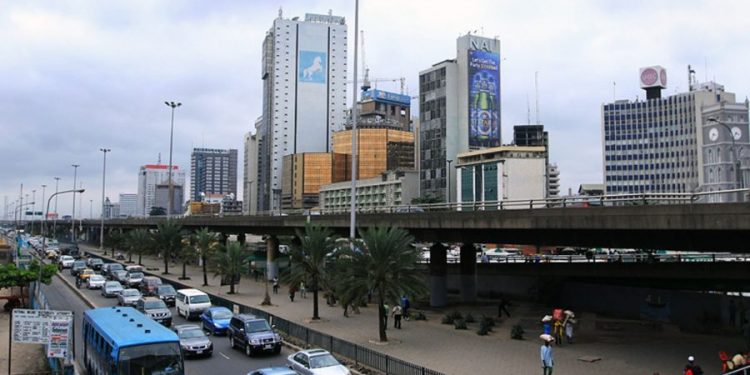Standard and Poor at the weekend revised Nigeria’s outlook to ‘Negative’ from ‘Stable’ and also affirmed its ‘B-/B’ long- and short-term foreign and local currency sovereign credit ratings on the country. It also lowered its long – and short-term Nigeria national scale ratings to ‘Caa1’ from ‘B3’ and changed the outlook to ‘Stable’.
S&P said its negative outlook rating for the country “reflects increasing risks to Nigeria’s debt servicing capacity over the next one-to-two years due to intensifying fiscal and external pressures”. “The outlook revision reflects our view that Nigeria’s debt servicing capacity has weakened due to high fiscal deficits and increased external pressures.
These stresses stem from low (albeit recently rising) oil production volumes, large refined-petroleum subsidy costs, high debt service expenditure, and a relatively large planned fiscal deficit in the 2023 budget,” the agency in a statement.
The negative outlook rating came a week after another international rating agency, Moody’s Investors Service, downgraded the Nigerian long-term foreign-currency and local-currency issuer ratings as well as its foreign currency senior unsecured debt ratings, as well as its foreign currency senior unsecured debt ratings to Caa1 from B3 due to the country’s low revenue and high debt profiles. S&P said its negative outlook could change either way, depending on developments on Nigeria’s fiscal plain.
Economy Experts say a significant implication of the downgrade is that Nigeria will find it difficult to access the foreign currency debt market in the short-to-medium term as investors price in the risk of default into the cost of debt amid the lingering increase in global interest rates. Read more here.
Meanwhile, the Central Bank of Nigeria (CBN) recently released the Q3-22 balance of payment data and revised the figures downwards for Q1-22 and Q2-22. To put into proper context, the current account balance (CAB) returned to a deficit position in Q3-22, settling at USD603.14 million or -0.5% of GDP (Q2-22: USD860.62 surplus | Q1-22: USD1.27 billion deficit). The deteriorating external position in the review period reflects (1) a significant decline in trade balance surplus (-15.7% q/q), (2) a wider primary income account deficit (+34.5% q/q) because of higher repatriation of dividends & profits, and (3) higher deficit in the services account (+4.7% q/q).
Financial Experts say the CAB is on course to settle in a deficit position in 2022E, other things being equal. That said, our revised estimates for 2023FY imply that the CA balance may likely settle in a USD2.16 billion surplus (2022E: USD1.19 billion deficit) given our expected positive outlook on trade balance supported by higher crude oil production volume amid lingering pressures on the services and primary income account deficits.















